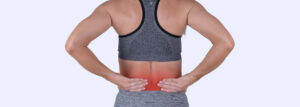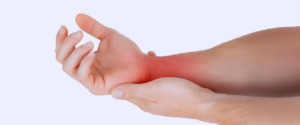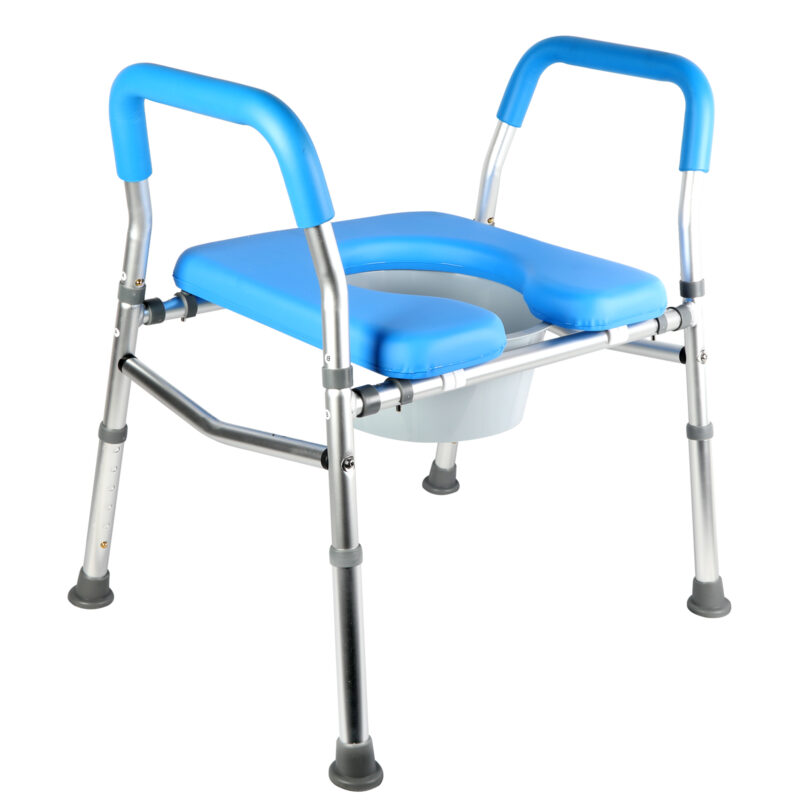Treating De Quervain’s Tenosynovitis
Home Remedies Nonsurgical Surgery Doctor Visit Prevention Safety
De Quervain’s tenosynovitis treatment is aimed at minimizing pain and swelling by changing your lifestyle or with medical intervention. There are multiple options to help you reduce your symptoms of De Quervain’s, take a look below to read more about each one.
Lifestyle and Home Remedies
Most patients can start their treatment at home with some simple modifications. The goal of these treatments is to reduce swelling and irritation which causes pain.
Rest
One of the best ways to get better is to rest your affected hand. De Quervain’s disease is often caused by repetitive movements or just plain hand overuse. Resting is hard for a lot of people to do, with work, family, and other activities it’s one treatment that people avoid. Do your best to let your body heal and rest your hand and wrist.
Change in Activity
Avoid any activities that cause pain or make your symptoms worse. Each time you feel that pain along the thumb side take note and find ways to avoid that movement. Som0e of the most common movements that cause pain are grabbing an object or twisting the wrist. A simple change like this can make a big difference in your pain relief.
Medication
Over-the-counter nonsteroidal anti-inflammatory drugs (NSAIDs) like ibuprofen (Advil) and naproxen (Aleve) provide pain relief and reduce swelling. These medications are generally inexpensive and easy to find at most pharmacies. Always talk to your doctor or pharmacist before you start taking a new medication to avoid any unintended drug interactions.
Ice and Heat
Ice and heat are two very different yet complementary therapies. Ice reduces swelling by limiting blood flow to the area and numbs pain by interrupting the pain signal. Heat encourages blood flow to the area which speeds up healing and soothes soreness. Use ice initially for 20-minute intervals. Then after a few days use heat with a heating pad or warm towel. Never sleep with either ice or heat on your skin, it can cause serious skin damage.
How to properly alternate ice & heat.
Splints and Braces
Wearing a splint or brace restricts your range of motion letting you go on with your day without causing pain along the base of the thumb. Splinting will also encourage you to keep your thumb immobile and won’t block the movement of the rest of your hand. It’s recommended to wear a thumb spica splint for four to six weeks for a full 24 hours a day.
Stretches and Exercises
After the inflammation and pain have subsided it is time to stretch and exercise your arm and hand. Stretching will help you regain any lost range of motion and work through any scar tissue that has developed. Exercise will strengthen the surrounding muscles to help prevent additional injury.
See our in-depth resource on de Quervain’s tenosynovitis exercises here.
Nonsurgical Treatment
Some people will need medical treatment when lifestyle changes just aren’t enough. Thankfully, there are nonsurgical options available to most patients. Check them out below!
Physical Therapy
Physical therapists are professionally trained to evaluate and manage muscle and bone injuries. They will assess your injury, determine the best treatment options, and develop a plan that works for you. Often time physical therapists will use exercise, stretching, and other techniques to help regain strength and range of motion.
An occupational therapist may work alongside or independent from a physical therapist to help you work on your fine motor skills that may have been affected by de Quervain’s tenosynovitis. These healthcare professionals are great resources for anyone working to rehab their injuries.
Corticosteroid Injections
A corticosteroid injection is a commonly used treatment of de Quervain’s. The doctor uses a steroid medication that is injected into the injured area with a needle. The steroid injection is typically very successful at reducing inflammation and pain. You may be limited by the number of times you are able to receive these injections and there are potential side effects.
Surgery
Surgery is a last resort for people suffering from de Quervain’s tenosynovitis. It’s typically reserved for people who have not had success with other treatments. During surgery, the surgeon will make an incision in the wrist. Then makes a small incision in the tendon sheath that surround the tendons. This gives the tendons more room to move. Surgery is done on an outpatient basis and has a quick recovery time.
What to Expect from a Doctor Visit
It’s always important to be prepared when you walk into the doctor’s office so you can make the most of your appointment. We recommend bringing along a piece of paper and pen to write down all the information so you can refer to it later. When you walk into your doctor’s appointment your doctor will ask you a few questions and likely perform a quick test on your hand. Here is a rundown on what you can expect from a doctor visit:
- What are your daily activities like?
- When did the pain start?
- What makes it worse?
- What treatments have you tried?
- Have you injured that hand or thumb?
Prevention Tips
Preventing de Quervain’s tendinosis is the best way to avoid any unnecessary pain. Here are our best tips to prevent this painful condition.
- Avoid repetitive hand movements
- Take frequent breaks from activities that use your wrists
- Wear a brace or splint
- Change your hand movements
- Follow any medical advice from your doctor or physical therapist
Safe Treatment for De Quervain’s Tenosynovitis
De Quervain’s tenosynovitis is a condition that affects the hand, thumb, and wrist. With a few lifestyle modifications, you may be able to reduce the pain and inflammation. If that isn’t enough medical treatment might be necessary. De Quervain’s can be diagnosed quickly by your doctor and they will be able to guide you through any specific treatment options that are right for you.








 Raised Toilet Seat with Handles, Elevated Padded Seat Riser
Raised Toilet Seat with Handles, Elevated Padded Seat Riser